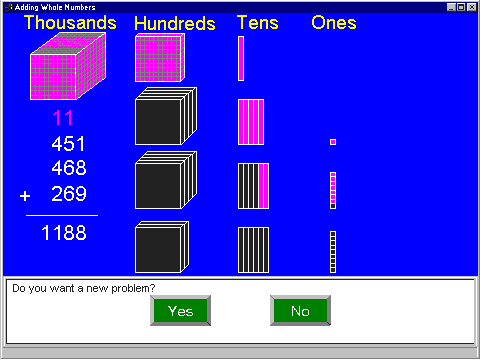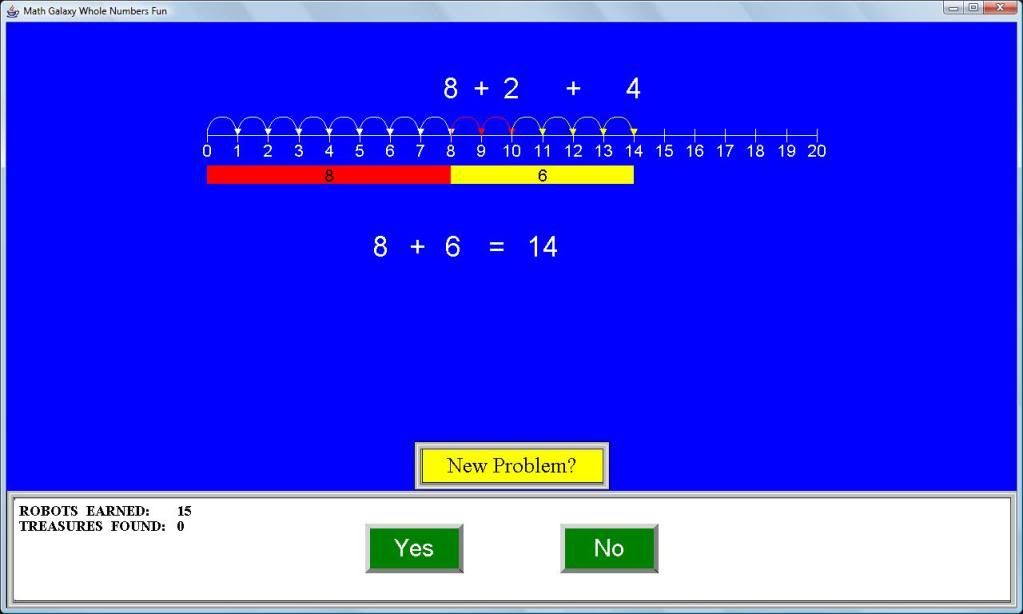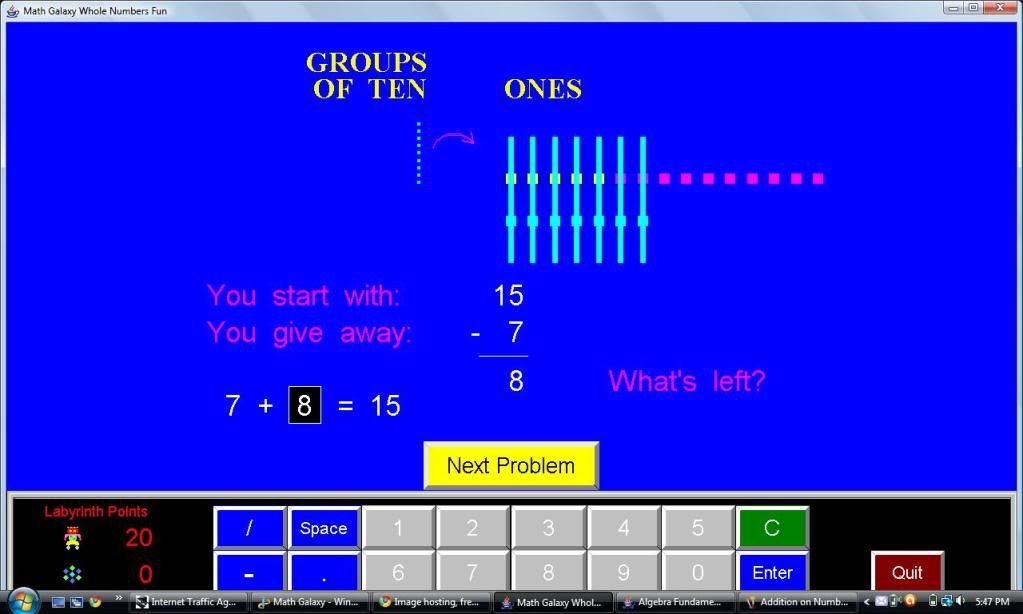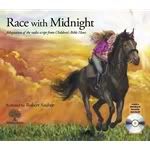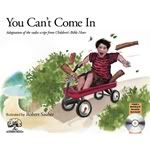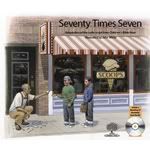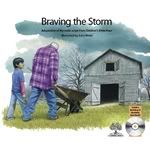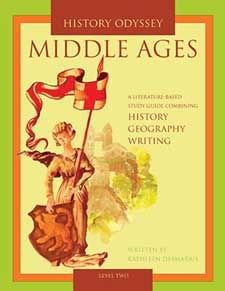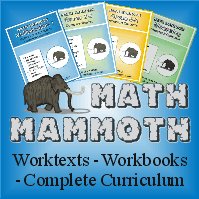

Why study Latin? Well, for us, it is because Latin is the foundation of so many other languages. It is because learning Latin roots can open up the world of English exponentially more than just studying a list of vocabulary words. So I wanted a program that taught Latin but also worked heavily with English vocabulary.
When I looked at the sample pages of Great Latin Adventure from Classical Legacy Press, I definitely wanted to see more. Because even though it is targeted for grades 4-6, I could see if being a fit for my 7th and 9th graders.
So I was very happy to be selected to receive this program to review as part of the TOS Homeschool Crew. I was generously sent both Levels 1 and 2 which each include a Teacher Manual, Student Manual, and Pronunciation CD. The levels come shrink-wrapped, 3-hole punched, and binder ready. They even include front, back and spine inserts, a feature which I thought was really neat.
There is plenty of introductory material which helps you get a good feel for the program before you try plan your first week. One important point to know about Great Latin Adventure is that it is NOT a self-teaching course although I am sure there is a way you could tweak it to be one for an older student. Teacher interaction is planned into the text. However, the teacher material is laid out very clearly and answers to all student material is provided.
For those of you who have been around Latin programs more than I have, here is what GLA is NOT:
Classical pronunciation is used instead of ecclesiastical although it can be used no matter which is your preference. Suggestions for how to do this are given in the introductory material.
Using Great Latin Adventure will take some of your time. In addition to teaching the lessons, you will need to set aside time to read and understand the 28 pages of introductory material including the Master Chapter Plan.This probably took me about a day as I like to take notes while reading to help things become clearer. This is a one-time process unless, of course, you need a refresher from time to time.
Then each week you will need to take some time to prepare for the next lesson. You will want to read the teaching notes, study the grammar lesson, review the worksheets, learn the vocabulary, and be ready to teach lesson.
+++++++++++++++++++++++++++++++++++++++++++++++++++
CHAPTER LAYOUT – Teacher
-
Teaching Notes
-
Vocabulary List
-
Grammar Lesson
-
Study Sheet Key
-
Derivative Worksheet Key
-
Translation Worksheet 1 Key
-
Translation Worksheet 2 Key
-
Pre-Quiz
-
Pre-Quiz Key
-
Quiz
-
Quiz Key
-
Latin to English Glossary Chapters 1-12 (Level 1)
-
English to Latin Glossary Chapters 1-12 (Level 1)
-
Latin to English Glossary Chapters 1-25 (Level 2)
-
English to Latin Glossary Chapters 1-25 (Level 2)
CHAPTER LAYOUT – Student
-
Vocabulary List
-
Grammar Lesson
-
Study Sheet
-
Derivative Worksheet
-
Translation Worksheet 1
-
Translation Worksheet 2
+++++++++++++++++++++++++++++++++++++++++++++++++++
SUGGESTED CHAPTER SCHEDULE for Elementary Student
Day 1
Review quiz from previous week
Introduce new vocabulary, Begin Grammar lesson
Homework: Begin derivative worksheet
Day 2
Continue grammar lesson
Begin study sheet
Homework: Finish derivative worksheet
Day 3
Complete grammar lesson and study sheet
Do sample of translation worksheet
Homework: Begin first translation sheet (TW1)
Day 4
Homework: Continue TW1
Day 5
Go over answers for completed portions of TW1
Homework: Finish TW1
Day 6
Finish going over TW1 answers
Homework: Study for vocabulary pre-quiz; Begin TW2
Day 7
Give vocabulary pre-quiz; Review portion of TW2 completed
Homework: Complete TW2
Day 8
Go over remainder of TW2; Review for chapter quiz
Homework: Study for chapter quiz
Day 9
Give chapter quiz. Begin vocabulary cards for next chapter.
+++++++++++++++++++++++++++++++++++++++++++++++++++
MY SCHEDULE for a 7th and 9th grader
Day 1 (My time: Apx 45 minutes)
Previous chapter quiz review
New vocabulary
Grammar lesson
Study Sheet
Homework: Derivative worksheet
Day 2 (My time: 0 minutes)
Homework: Translation worksheet 1 (TW1)
Day 3 (My time: 10 minutes)
Go over TW1 answers
Homework: Translation worksheet 2 (TW2); Study for vocab pre-quiz
Day 4 (My time: 10 minutes)
Go over TW2 answers
Give vocabulary pre-quiz
Homework: Study for chapter quiz
Day 5 (My time: 0 minutes)
Chapter quiz
If the Great Latin Adventure sounds like something that fits what you want in a Latin program, check it out further on the Classical Legacy Press website. Also take a look at their Logic Curriculum.
You can also read what other Crew family’s experienced with Great Latin Adventure.
Disclosure:This product was provided to our family for free as members of the 2009-2010 Old Schoolhouse Magazine Homeschool Crew. No further compensation was received. Reviews and opinions expressed in this blog are my own.











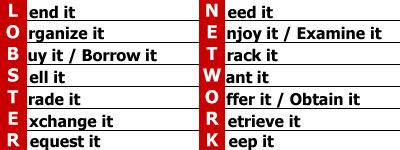


 THE SHORT VERSION
THE SHORT VERSION
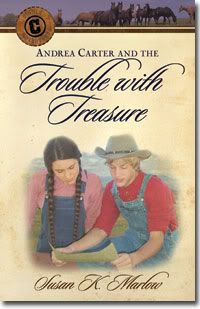


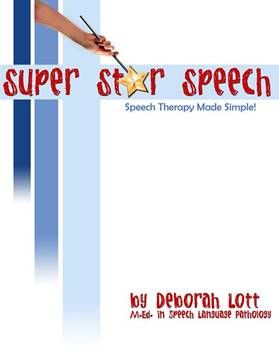
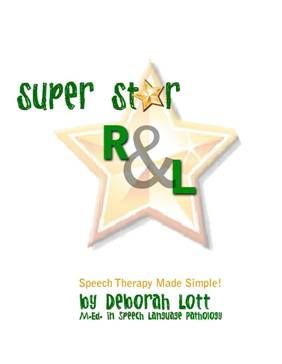
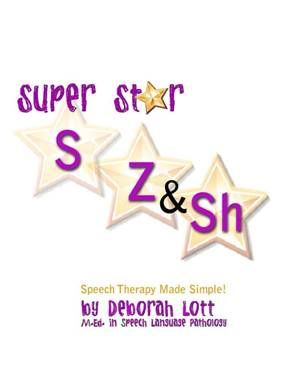
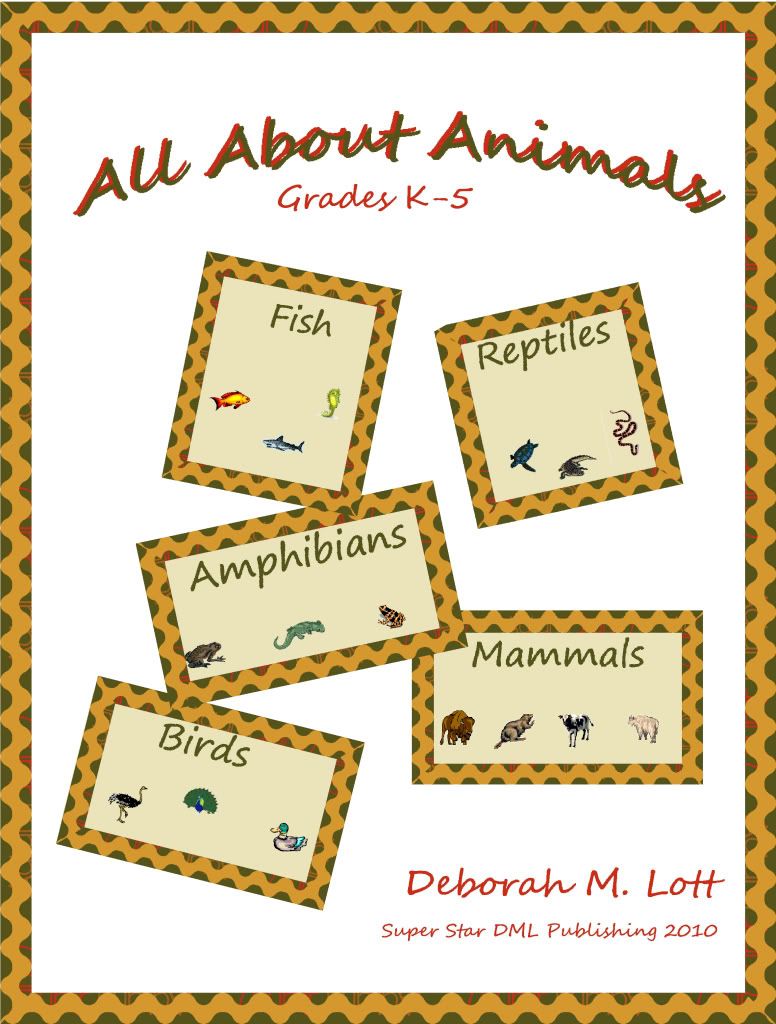

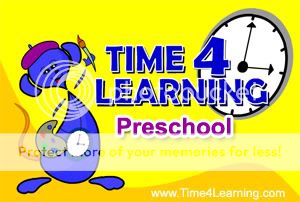 My review for today is
My review for today is 


 The Terrestria Chronicles
The Terrestria Chronicles nt of Fear are prevalent throughout the books. The stewards of the castles have names like Sir Faithful and Sir Honorable. In these books, Josiah learns important lessons like the dangers of the “Little Sins” of Envy, Greed, Discontentment, etc. as well as the need of prayer and faith. Although an allegory of the Christian life, these books have a different feel than stories such as Pilgrim’s Progress.
nt of Fear are prevalent throughout the books. The stewards of the castles have names like Sir Faithful and Sir Honorable. In these books, Josiah learns important lessons like the dangers of the “Little Sins” of Envy, Greed, Discontentment, etc. as well as the need of prayer and faith. Although an allegory of the Christian life, these books have a different feel than stories such as Pilgrim’s Progress.
 Galaxy of Education
Galaxy of Education